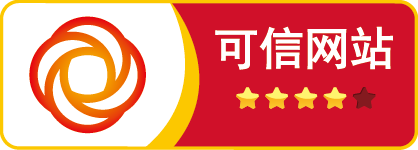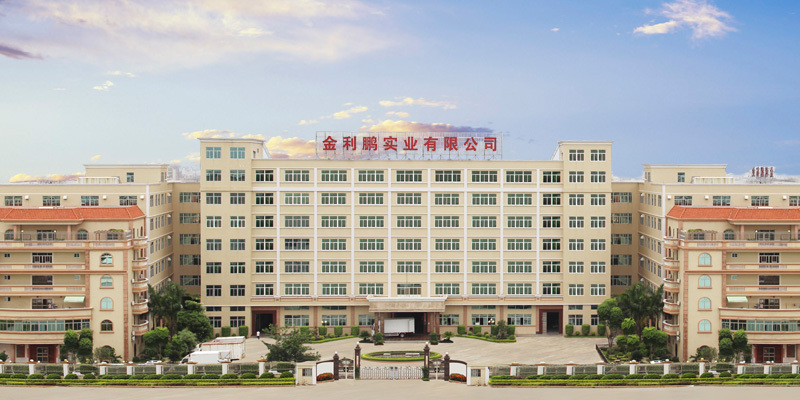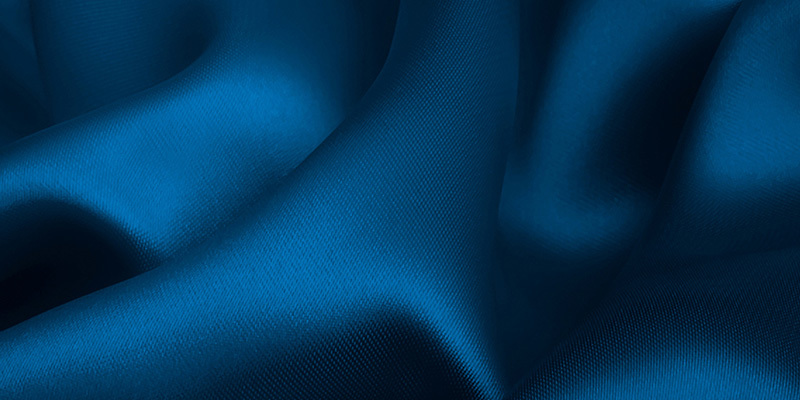How to distinguish knitted fabrics and woven fabrics?
Time:
2022-04-27 08:42
Source:
We often come across two words when working in textiles: knitted fabrics and woven fabrics.
The vast majority of fabrics are divided into woven fabrics and knitted fabrics. What are the characteristics and differences between the two, this article will take you to find out.
01
Knitted fabric
Let's talk about knitted fabrics first. Knitted fabrics refer to the fabrics formed by using knitting needles to form loops of yarns, and then stringing the loops into each other.
This process can be done transversely or longitudinally, transverse weaving is called weft knitting, and longitudinal weaving is called warp knitting.
The easiest way to distinguish warp knitted fabrics from weft knitted fabrics is to see if they can be disassembled.
Most weft knitted fabrics are disassembled, while most warp knitted fabrics are not disassembled.
Fabric Features
Advantages: Knitted fabrics are soft, hygroscopic, breathable, and have excellent elasticity and extensibility. Clothing made of knitted fabrics is comfortable to wear, fits well, has no sense of tightness, and can fully reflect the curve of the human body.
Disadvantages: easy to hook, and the size is difficult to control.
application
Knitted fabrics have a soft texture, in addition to good wrinkle resistance and breathability, they also have greater extensibility and elasticity, and are suitable for underwear, tights and sportswear.
Knitted fabrics can also be used as outerwear, mattresses, etc. after changing the structure and improving the dimensional stability.
Knitted fabrics can be first woven into grey fabrics, cut and sewn into various knitted products; they can also be directly woven into fully formed or partially formed products, such as socks and gloves.
In addition, knitted fabrics are also widely used in the fields of industry, agriculture and health care.
02
Woven fabric
Woven fabric, also known as "woven fabric", is a fabric made of two or more sets of mutually perpendicular yarns interwoven at a 90-degree angle for warp and weft.
Literally well differentiated too. The ancient traditional looms were all woven with shuttles, which could only weave threads horizontally or vertically on one plane, so it was called woven.
Longitudinal yarns are called warp yarns, and horizontal yarns are called weft yarns.
Fabric Features:
Advantages: The main advantages of woven fabrics are that the structure is stable, the cloth surface is flat, and there is generally little deformation when hanging.
Woven is light and thin, and the shaping effect is much better than knitting.
Disadvantages: Woven fabrics are far less elastic than knitted fabrics, and most of them are not even elastic.
application
Woven fabrics are generally used in work jackets, uniforms, promotional clothing, business suits and other types of clothing!
News related
2021-09-15
What kind of fabric is yarn weaving
2021-09-15
Knitting process characteristics
Headquarters——
Address: Gaotang Industrial Zone, Liangying Town, Chaonan District, Shantou, Guangdong
Tel:0754-85621898
Mobile:Mr. Lin 13809718675
Guangzhou Zhongda——
Address: f1023, first floor, Guangzhou International Textile City
Tel:020-89882633
Mobile:Mr. Lin 13539636888
Guangzhou Zhujiang head office——
Address:10182, Naner street, zone a, Guangzhou Pearl River International Textile City
Tel:020-89993929
COPYRIGHT © SHANTOU JINLIPENG CLOTH INDUSTRY CO.,LTD ALL RIGHTS RESERVED.
粤ICP备07511931号 Technical support by 300.cn SEO


Tiktok

Mobile website






